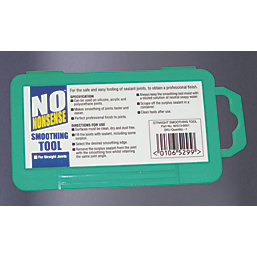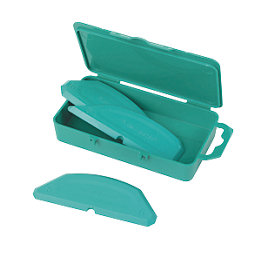
No Nonsense Smoothing Tools Straight Joints (92313)
Kit containing 3 double-ended smoothing tools for straight joints in 5 sizes.
- Gives a Professional Finish to Straight Joints
View all: No Nonsense Siliconing Tools
You may also like:
| Specification | |
|---|---|
| Brand | No Nonsense |
| Manufacturer Guarantee | 1 Year Guarantee |
| Pack Size | 1 |
| Pieces in Pack/Case | 1 |
| Product Type | Smoothing Tools Straight Joints |
Product Contents
3mm x 90°, 5mm x 45°, 6mm x 45°, 8mm x 45° and 10mm x 45°.


